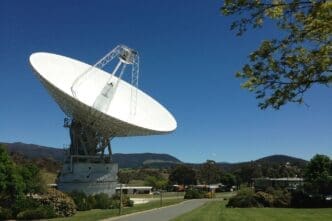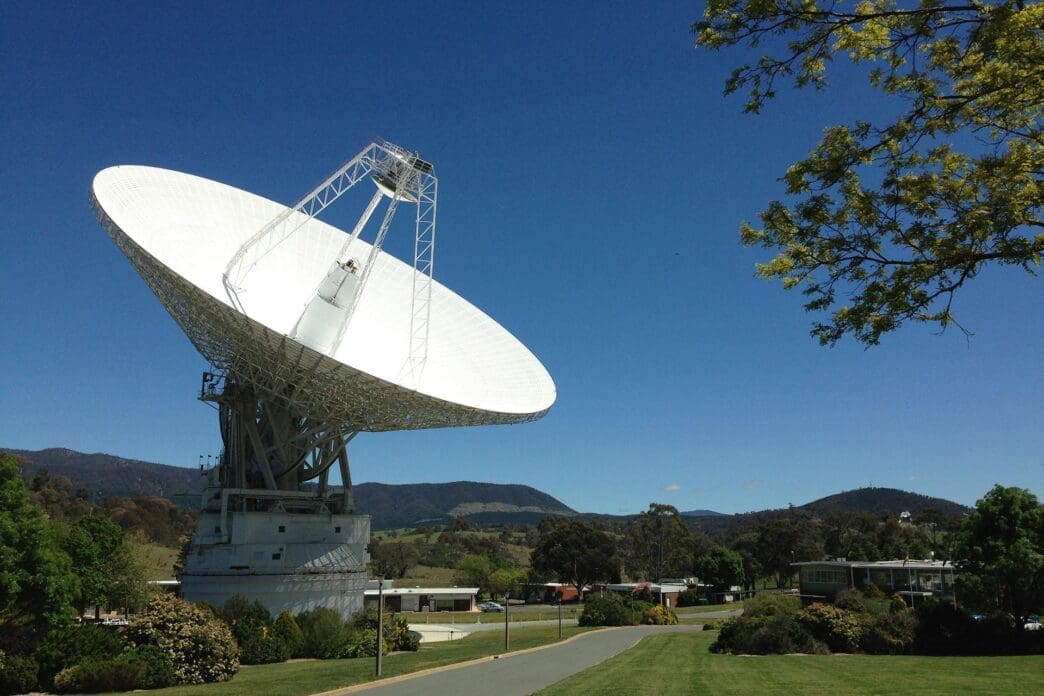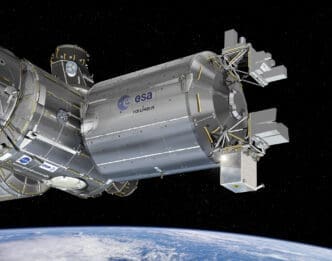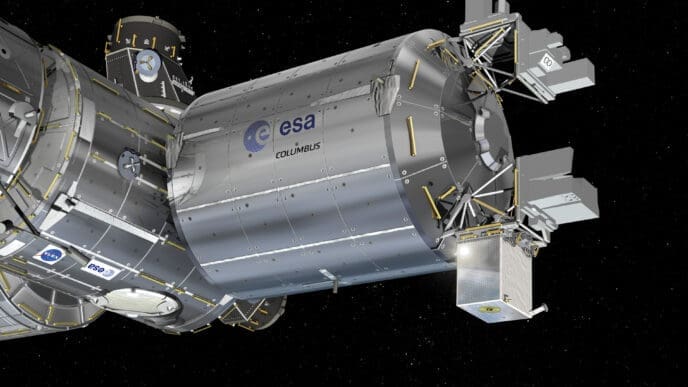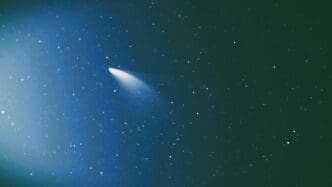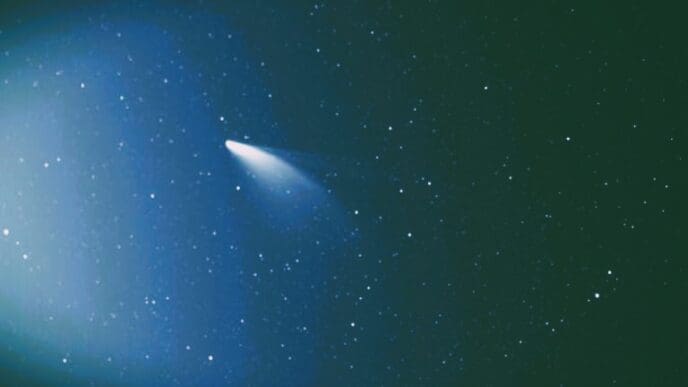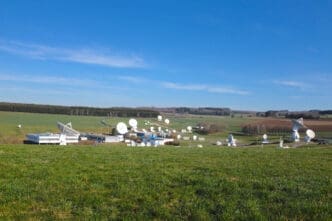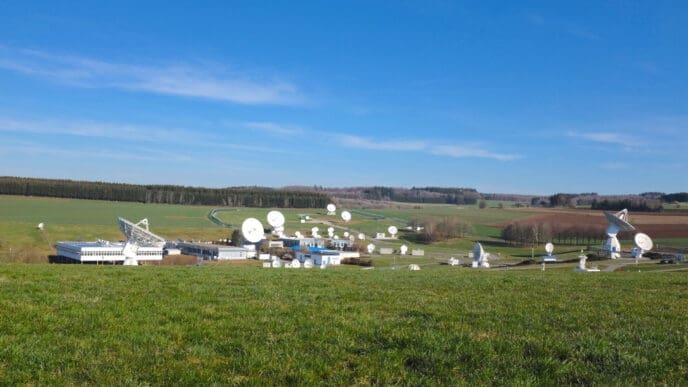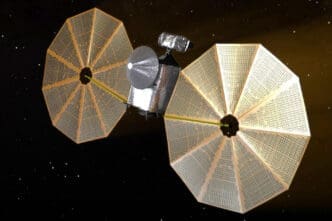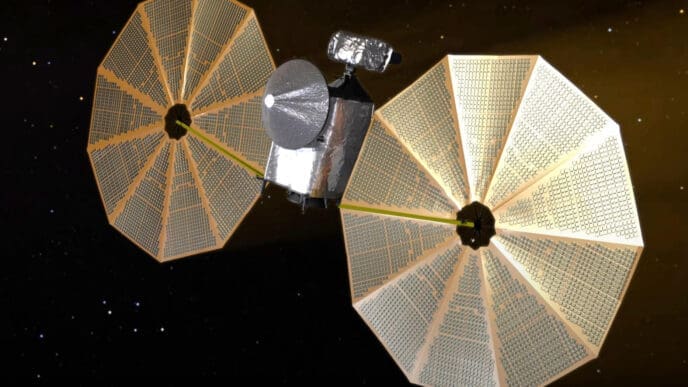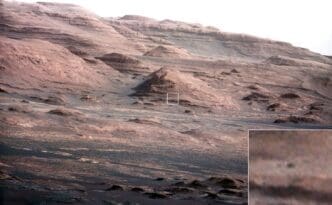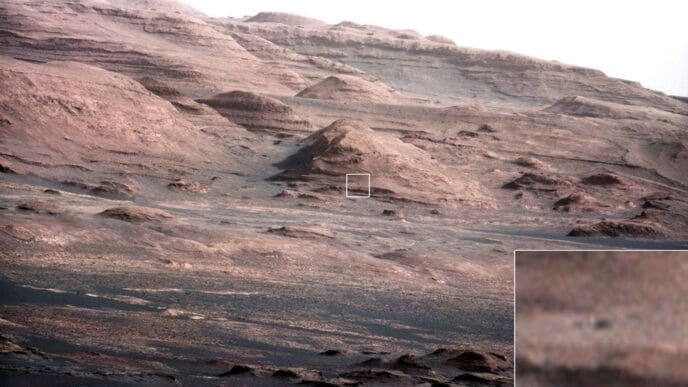Deep Space Station 43 (DSS-43), a monumental 230-foot-wide (70-meter-wide) radio antenna, stands as a key component of NASA’s Deep Space Network facility in Canberra, Australia. Captured in a vivid image dated March 4, 2020, DSS-43 boasts a sensitivity more than six times that of the original antenna at the Canberra complex. This heightened capability allows it to communicate with spacecraft at significantly greater distances from Earth.
Notably, the Canberra complex holds the unique distinction of being the sole facility capable of sending commands to and receiving data from Voyager 2. This iconic spacecraft is journeying southward through interstellar space, nearly 13 billion miles (21 billion kilometers) away. Meanwhile, Voyager 1, at a distance exceeding 15 billion miles (24 billion kilometers), transmits its data to the Madrid and Goldstone complexes, yet relies solely on Canberra for receiving commands.
As Canberra celebrated its 60th anniversary on March 19, 2025, an exciting new chapter began with the construction of a new radio antenna. This endeavor will bring forth Deep Space Station 33, a 112-foot-wide (34-meter-wide) multifrequency beam-waveguide antenna. Ingeniously designed, it will be predominantly buried underground, with a robust concrete pedestal housing state-of-the-art electronics and receivers in a climate-controlled environment. This structure will serve as a stable foundation for the reflector dish, which will pivot on a steel platform known as an alidade during operations.
Projected to become operational in 2029, the new Canberra dish represents the culmination of six parabolic dishes constructed under NASA’s Deep Space Network Aperture Enhancement Program. This initiative is pivotal in supporting current and future spacecraft, accommodating the increasing data volume they deliver. The network’s facility in Madrid unveiled a new dish in 2022, and the Goldstone, California, facility is currently finalizing a new antenna.
Image credit: NASA

